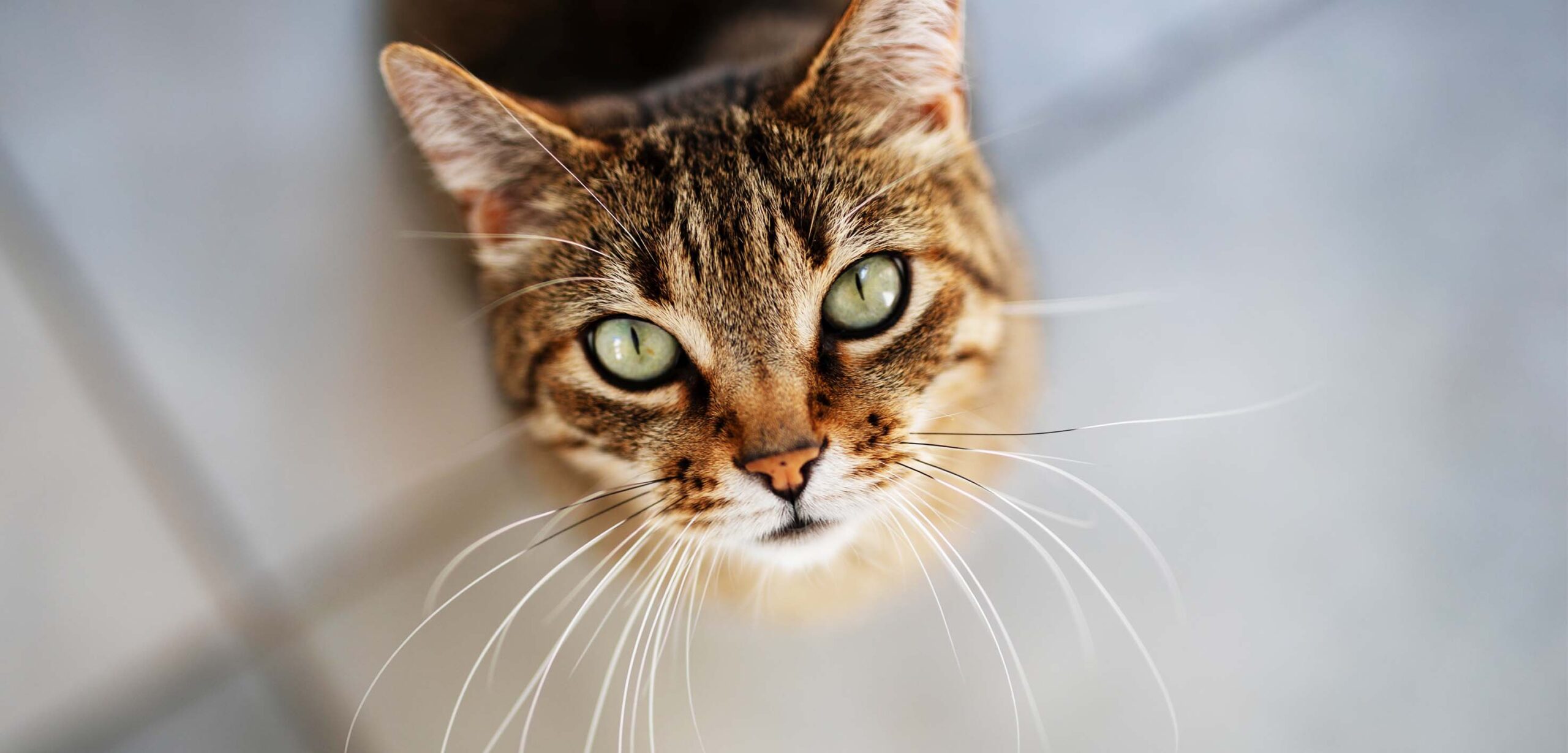You likely know plenty about food already– you need to eat your greens, added sugars are the devil, bird saliva is an extremely pricy delicacy. The basics. But what you may not know is that food also has properties that sway the balance in the body (yours and your pets).
Using a little-known, surreptitiously ancient craft called Food Energetics, you can master how to use food to your pet’s benefit. And yours.
Let’s get started.
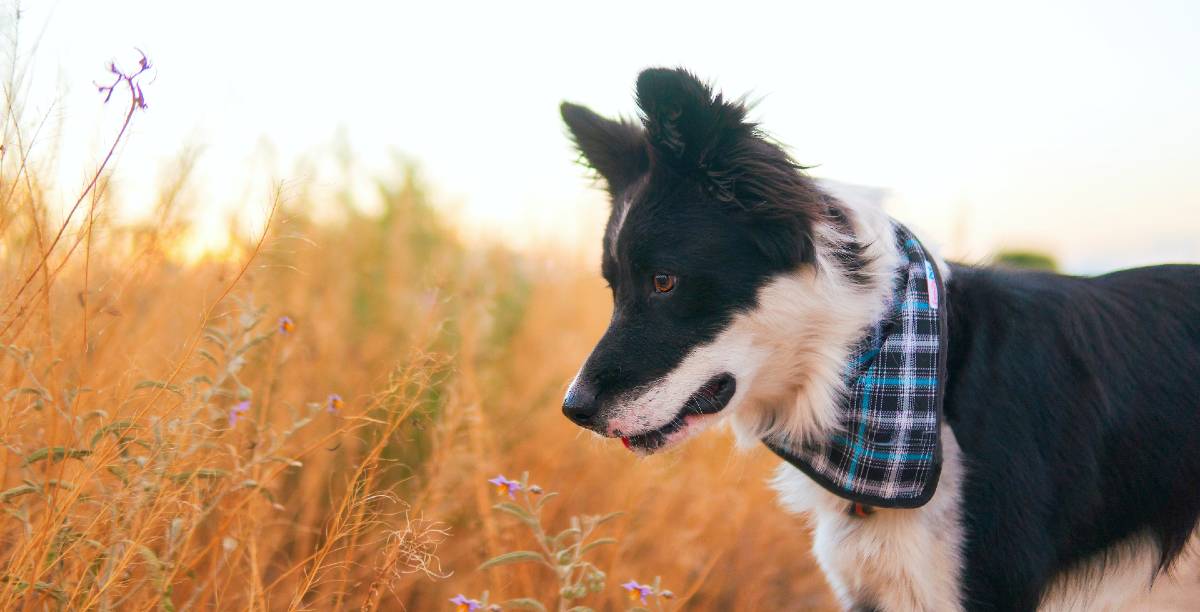
On The Agenda
What Is Food Energetics, Exactly?
Holistic thought is firmly rooted in the belief that you are what you eat. Each food you choose has properties that can sway the body in one direction or another, and the goal is always to achieve balance or good health.
Put simply, think about how foods affect your own body. In the winter months, we often prefer a bowl of warm soup or stew to a salad.
We can apply these same principles for our pets’ benefit. But first, we need to wade a bit deeper into TCVM theory.
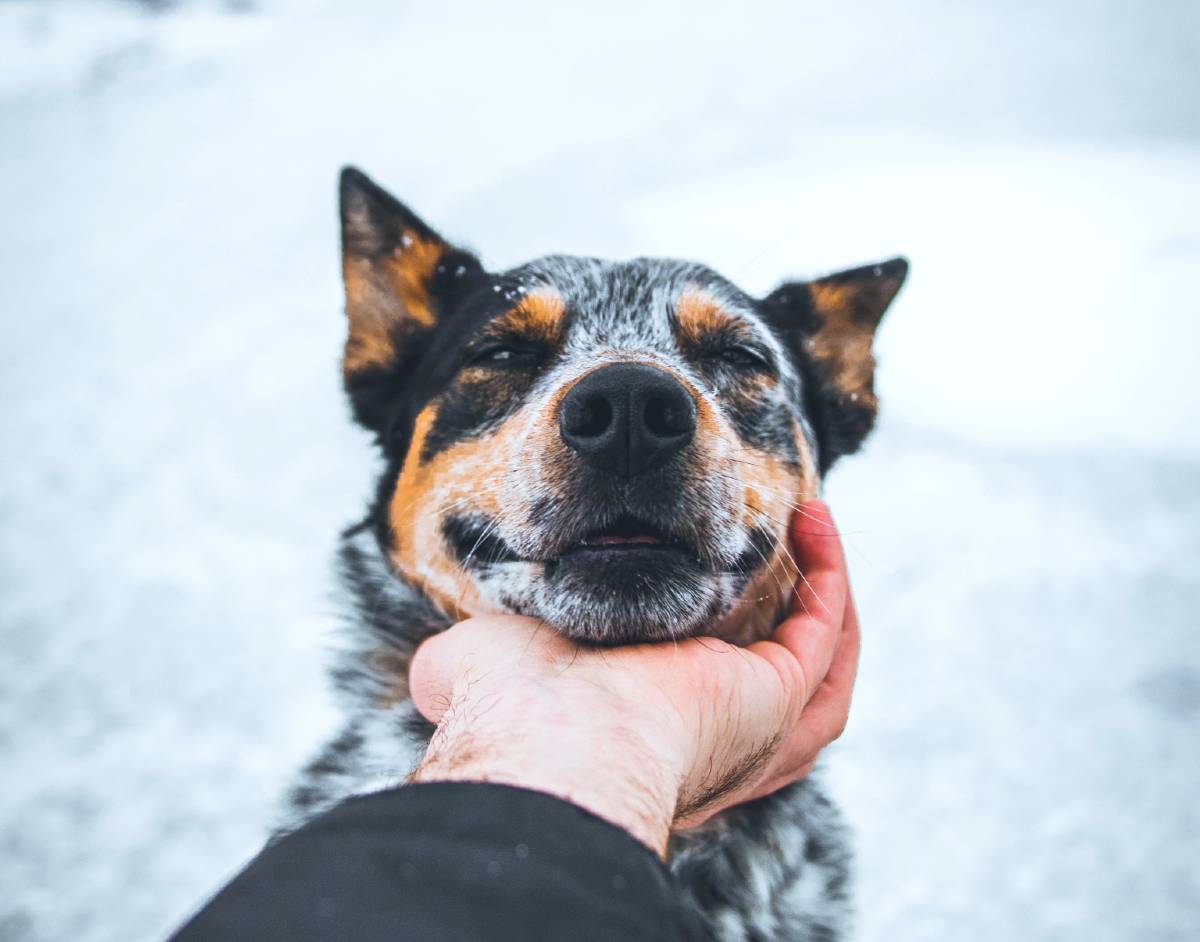
The Tao Of Health & Its Relationship To Food
In traditional Chinese medicine, the focus is always on harmony and balance. Health requires that there be a balance of yin and yang.
Yin is the cold in the body– so think fluids, hydrating, calming, comforting characteristics.
Yang is the heat within the body– it’s our metabolism what gives us energy and fosters movement.
An animal in perfect health has a balance of yin and yang– they’re not too hot, cold, wet, or dry. Goldilocks was clearly onto something.
So in this framework, disease is an imbalance.
Too Much Heat
You likely know a dog with too much heat. The dog suffering from anxiety, or environmental skin allergies, for instance, even pets with recurrent bladder infections, or IBD, all fall into this unenviable category of hot, hot, hot.
For a better understanding of how heat is expressed, consider the allergy pet for a moment.
At its core, an allergy is a hyper-reaction– the immune system overreacts to an allergen and responds with heat & inflammation. Unfortunately, it also leaves the allergy dog with hot, inflamed skin, redness to skin and eyes, and an unbearable itch. These pets are actually hot to the touch because they have too much heat.

Too Much Heat = Phlegm
In allergies, phlegm can be seen as the wetness of a hotspot or the sticky, gooeyness of their coat. In pets with Inflammatory Bowel Disease, it’s the mucus in stool, or in recurrent bladder infections, the crystal and stone formation in the hot and inflamed bladder.

Too Cold
A cold pet may show signs like general weakness, fatigue, poor appetite, or may have a subpar immune system. They may have fecal or urinary incontinence– so accidents in the house would be common.
Too Dry
You’ll find this deficiency most often in cats. Cats already have a weak thirst drive and then add kibble, and their diet has a glaring shortage of moisture in the diet – this is just one of many flagrant shortcomings of kibble, but that’s for another post.
Deficiencies or an imbalance may be seen as dry skin and a poor quality coat, dehydration, cystitis, or even chronic kidney dysfunction.
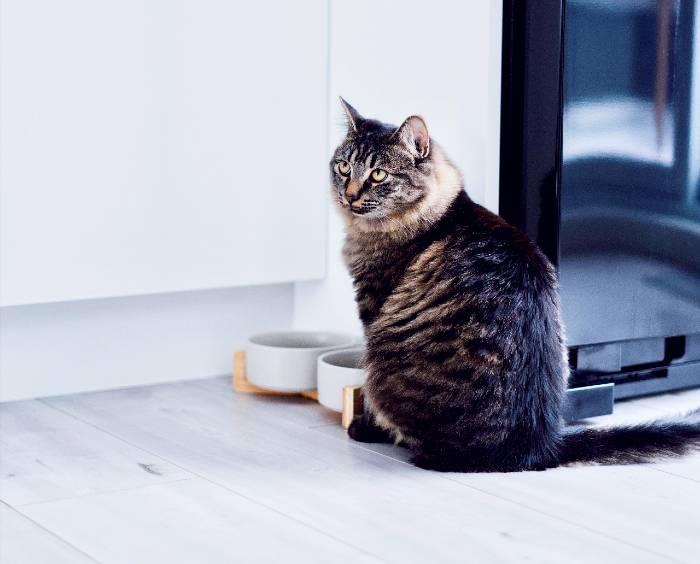
Too Wet
Deficiencies or an imbalance in animals that are too wet include swelling– so this could be seen as stiffness that gets worse with rest or joint pain that gets worse in the cold weather. Deficiencies could also be seen as obesity, chronic lung issues, and congestive heart failure.
All of these imbalances– from the hot dog to the dry cat-can be affected positively or negatively by food. Queue food energetics and its principles to sway bewhiskered bodies towards balance.
Who Gets What– Cooling, Warming, & Neutral Foods
Some foods have cooling properties, while others are warming. Some foods form dampness; others still transform phlegm. We can use food’s properties to cool or warm to gently persuade the body towards health.

Hot Pets
If you don’t have such a clear-cut hot dog or cat, as is the case with allergy pets, there are still some pretty easy ways to identify a pet that runs hot.
Hot pets’ hobbies might include lying on the tiled floor, in the shade, or puddles because they’re seeking cold. SO, as you may have guessed, we’re going to add cooling foods to the bowl to balance their body. You could add a cooling recipe that’s balanced without synthetics created by Dr. Bessent.
Or you can add these cooling foods to the bowl.
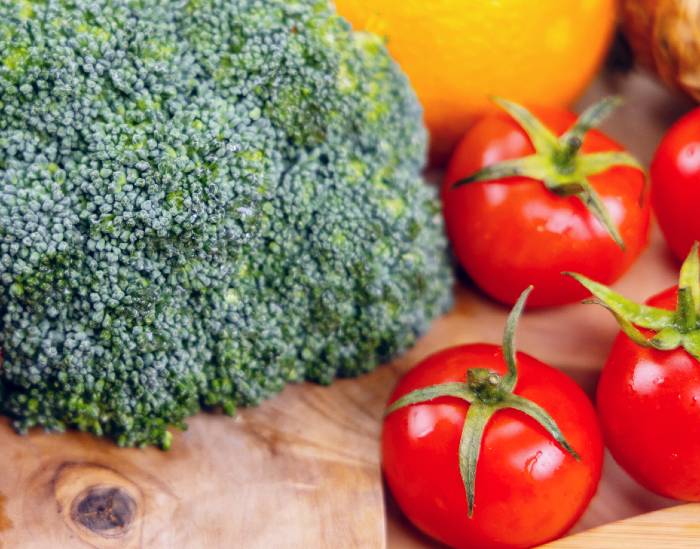
Cooling foods
- Meats: rabbit, duck
- Seafood: clams, codfish, whitefish
- Veggies: tomatoes, broccoli
- Fruit: apples, kiwis, mango
PRO TIP: These types of food can help bring down inflammation and decrease the excessive amounts of heat in the body– allergy pets your ears should have perked up.
Cold Pets
Cold pets’ hobbies might include hogging the blankets, lying near the heater, or sunbathing.
These four-leggers lack warmth in their bodies, so they seek it out. You’ll want to add warming foods like the below to the bowl. Or choose a warming formula like Dr. Bessent’s Chicken & Turkey recipe.
Warming foods
- Meats: turkey, chicken, ham
- Seafood: lobster, mussel, shrimp
- Veggies: black beans, squash, sweet potato
- Fruit: cherries, dates, peaches
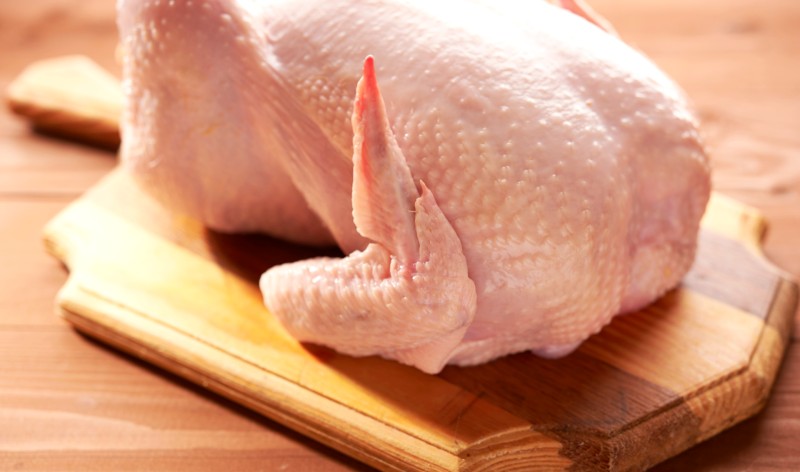
What about the animal that isn’t too hot or too cold? So glad you asked.
You could feed neutral foods like the below to maintain the body’s balance or use Dr. Bessent’s neutral recipe.

Neutral Foods
- Meats: beef, goose, pork
- Seafood: salmon, tuna
- Veggies: carrots, peas, pumpkin, potato
- Fruit: papaya, raspberries, pomegranate
Factors That Affect Food Energetics
Now that you’ve got the basics down, I’ll send you for a whirl with these neat food energetics factors. We established that food does indeed affect the body– ours and our pets, but how you apply energetics can be affected by factors like age and season or location.
Seasonality & Location

Say you’ve taken advantage of the cooling properties of food, but it’s the dead of winter.
It all comes back to balance. You don’t want to go so far in one direction that you tip the balance in the other direction.
So, when there is a chill in the air, you may mix cooling foods with neutral to keep hot pets balanced, for instance. During the coldest months, you may opt for neutral entirely.
Age

As pets age, their Qi, which Yang fuels (remember that heat, energy, metabolism) naturally depletes. So, as your four-legger lopes gracefully into those golden years, you need to add more warming foods to the bowl gradually. This will encourage their bodies to develop and maintain warmth.
Pro Tip: Senior dogs pant more, so naturally, people think to feed cooling foods. But that panting is known as false heat– it’s comparable to a woman in menopause having a hot flash. So, you should still feed warming foods to compensate for the decline in your senior’s Qi.
Food & the Carnivore’s Diet

First, and most importantly, you have to consider how the food they are eating now can impact them. Dogs and cats, your pint-sized style icon included, thrive on real whole foods in proportions fit for the scavenger and obligate carnivore. Food energetics is a gentle persuasion towards health, but you have to start with a species-appropriate diet.
A scavenger carnivore’s diet should be
- High in meat-based proteins from skeletal and organ meats (70-80%)
- Low in carbohydrates from fruits, vegetables, and seeds (< 25%)
Once you check this off your list, take advantage of food energetics because it’s a tool that pet parents can use to benefit every single four-legger – hot, cold, or somewhere in between.
Get started with these handy food energetics charts.

Share this Post

Dr. Chris Besent
Chris Bessent, DVM, MSOM, Dipl. OM, L.Ac. has over thirty years of experience in veterinary medicine including certificates in veterinary acupuncture, veterinary chiropractic and veterinary Chinese herbology. Imbued with Eastern philosophy and the knowledge that food is the foundation of health, Dr. Bessent also received her degree in veterinary nutrition and began to formulate recipes fit for a carnivore from nothing but whole foods. Currently, she divides her time between the Simple Food Project and Herbsmith, both of which are owned and operated out of her facilities in southeastern Wisconsin.

Kayla Behling
Kayla is the Content Writerr for Herbsmith. She has a cat named Professor Cat-Faced Meowmers, who goes by Kitty, and a goof of a dog, named Duck. She stays busy biking trails, playing board games, and searching for the next best craft beer.


